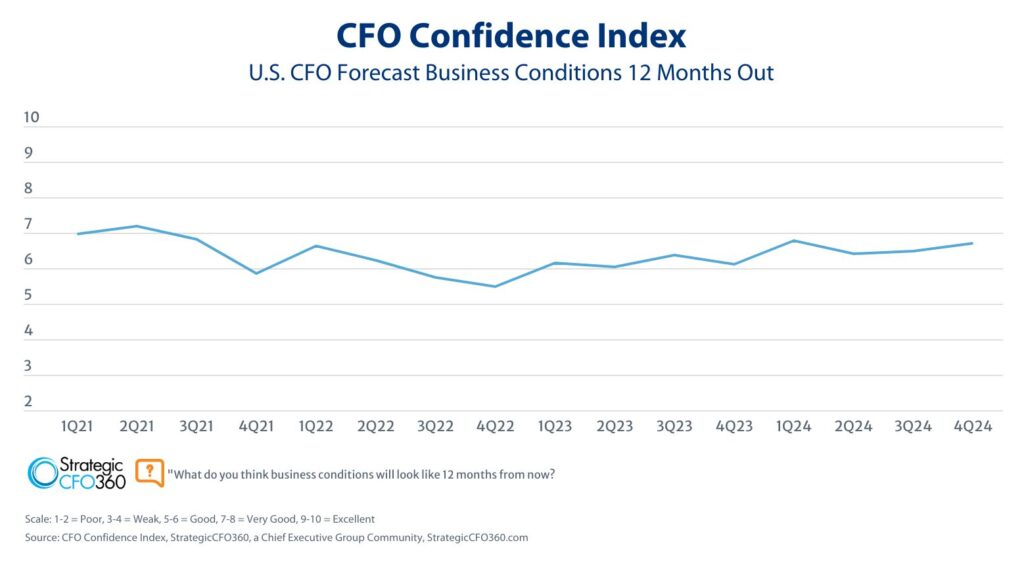After reaching a 32-year low in 2022, the IPO market is coming back to life as tech-focused listings like Arm, Instacart and Klaviyo bring new energy into what has become a tougher public-exit landscape.
That activity has companies that may have put IPO plans on hold contemplating what pricing could look like in early 2024—or sooner. But whenever you put those plans into action, it’s important to remember that this is still a very different environment than in the heady days of 2021, when frothy valuations, easy money and investor enthusiasm drove a record-setting year for IPOs.
“It’s a soft reopening,” the New York Stock Exchange’s Lynn Martin said at a recent conference, noting that some newly listed companies are doing better than others. “The IPO markets are showing exactly what the equity markets are showing. There are periods when it’s darned volatile.”
These conditions, along with economic hurdles like mounting inflation and labor shortages, mean it’s more important than ever that your company’s financial fundamentals are firmly buttoned up before you go public. Whether you plan to list your company later this year, or even in 2025, you need to start behaving like a public company long before you ring that opening bell. In what follows, we’ll discuss key steps to ensure you’re prepared.
Five Keys to Financial Readiness in a Changing IPO Market
Investors are taking a sharper look at financials in this climate, and how executives prepare for a public listing can determine post-listing stock price success or failure. Operating as a public entity involves a broader shift in how you’re running the business—it’s critical to get the right financial systems, processes and people in place well ahead of an IPO.
1. Gather the right team early.
Consider everything a company going public will have to do that it didn’t before: Securities and Exchange Commission (SEC) filings, accurate guidance/projections, audit preparation, earnings releases, and analyst calls, just to name a few. It’s no wonder many high-growth private companies don’t have the internal resources or know-how to do everything themselves.
Staffing up and hiring advisors may pose a challenge in an inflationary environment as companies contend with tighter budgets, contracted multiples and rising costs for everything from labor to raw materials. But delaying such investments could cost more in the long run. You’ll end up spending significantly less if you start early and have your advisors sit side-by-side with your own people to guide them.
2. Start reliably closing the books to prepare for SEC filings.
Every company needs to “close the books,” to prepare financial statements, file taxes, and get an accurate snapshot of their business. But most private companies aren’t prepared for the rigor of SEC reporting—S-1s, 10-Qs and 10-Ks all require some combination of external audits, legal review, certifications from various company officers, and audit committee and board approvals—and many aren’t even accustomed to closing their books on a quarterly basis.
Before you go public, you’ll need to retroactively “quarterize” your prior year’s financial information to prepare an S-1, and put the right procedures in place to speed up the close process and prepare accurate filings moving forward. Consider implementing software tools to help automate and streamline. IPO veterans recommend doing several dry runs—from closing the books to preparing a mock 10-Q—to ensure the process runs smoothly.
3. Get the right data.
Timely and accurate data is essential for SEC filings—and also to forecast key metrics that the market will expect a newly public company to report going forward.
But obtaining this data can be a challenge for fast-growing companies, which tend to have a variety of disparate systems that don’t effectively speak to one another or aren’t built to stand up to post-IPO data volume. Try to limit the number of financial systems used, or at least make sure they’ve got good APIs, or application programming interfaces, to help smooth the transition to a new one.
4. Tell the right story.
Data is only one facet of the forecasting equation. You’ve also got to make sure those metrics are well-defined and effectively communicated.
Boiling down the current and future success of a business into a few key metrics is hard, and it’s imperative for executive leadership and the board to align with the underwriters and legal counsel on how they are going to market the business to investors. Companies also need to build their internal systems and processes in such a way as to allow for consistent and accurate reporting of such metrics.
5. Explore growth and cost-saving opportunities.
Companies that aren’t rushing to go public can use that time to evaluate different growth and cost-saving opportunities. Now is the time to weigh inorganic versus organic growth strategies, and to consider international markets, strategic offshoring and outsourcing, and product roadmaps. Organizations could also use the longer runup to more effectively map out their product offerings and better forecast earnings.
But in a moment where valuations are still muted and more investors are looking for pre-IPO companies to be cash flow positive and profitable, you’ll have to strike the right balance.
It’s a fine line to walk. Yet whatever business leaders do, they’ll need to be strategic about both solidifying core competencies and building for the future. In this uncertain economy, the IPO winners will likely be those who stand for something, commit to their industry sector, and double down on what they’re good at.
“Preparing for an IPO isn’t just about getting it right for day one,” said Bradley Coleman, former Corporate Controller at Marqeta, a modern payment card platform that CBIZ ARC Consulting’s team helped prepare for its 2021 IPO. “It’s about what happens on day two and beyond.”







